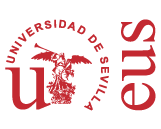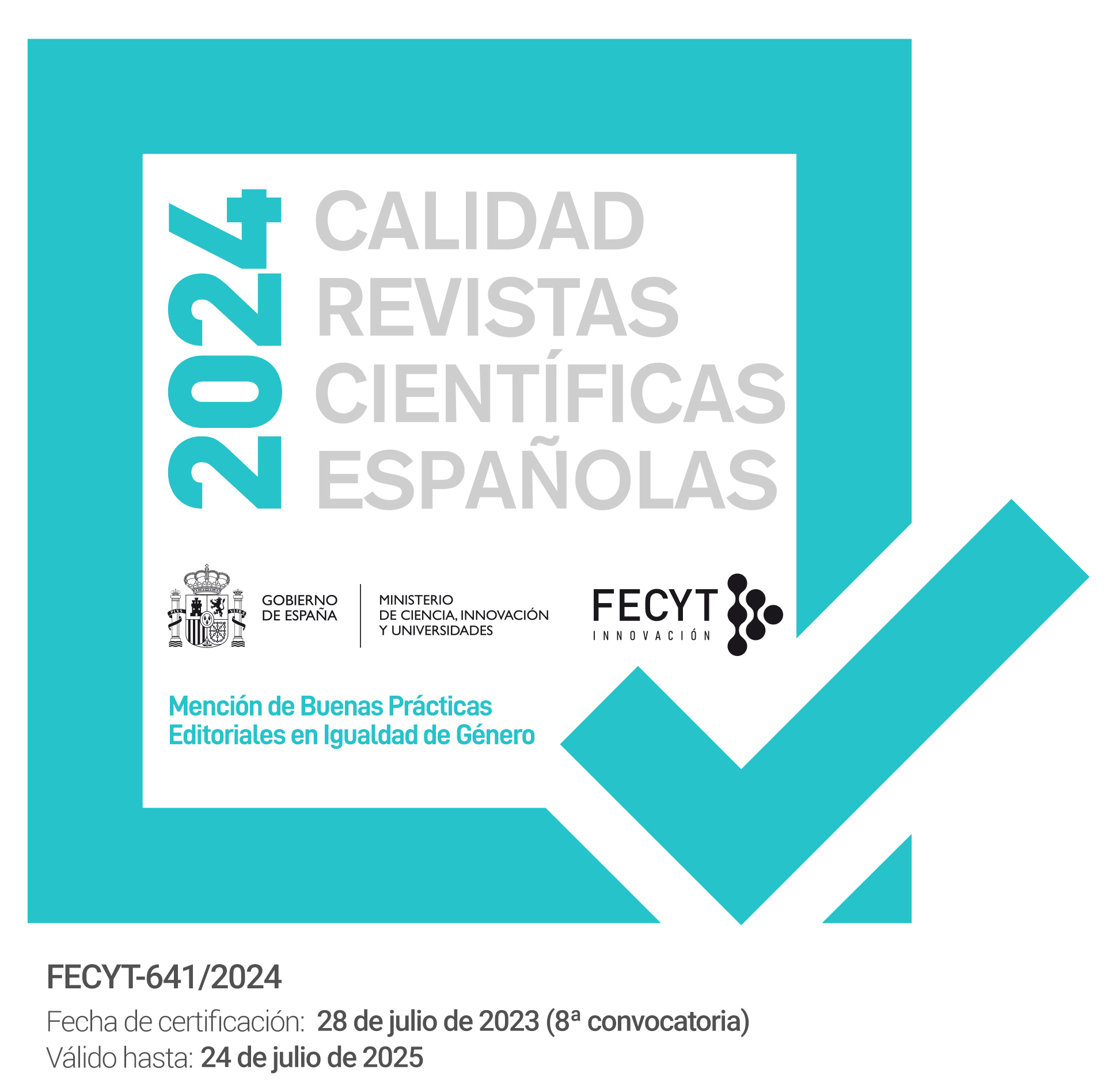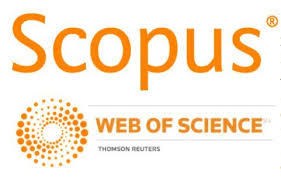On the issue of the dative mark in ancient iberian
DOI:
https://doi.org/10.12795/PH.2017.i31.06Keywords:
Ancient Iberian Language Morphology, Iberian Genitive/Dative/Benefactive Case-marking, Votive Iberian InscriptionsAbstract
Beginning with a critical review of the previously published on the proposal of attributing to the suffix -e a Dative meaning (originally proposed by Untermann 1984), the available evidence it’s revised and analyzed. It’s concluded that it’s is very plausible to attribute a Benefactive meaning, and probably also a Dative one, not only to the -e suffix, but also to -er, that would be its allophone as proposed by Orduña with little success. It’s also claimed that the suffixes -en and -ar (and its allomorph -a) besides their known function as possessor’s mark (Genitive) can also be used as Benefactives and perhaps as Dative too. According to the typological and diachronic models of syncretisms and the phonetic phenomena known in Iberian, it’s proposed that at least some of these suffixes derive from -er.Downloads
References
AJELLO, Roberto (1995) “Armenio” en GIACALONE RAMAT, Anna / RAMAT, Paolo (eds) Las lenguas indoeuropeas. Madrid: Cátedra: 269-304.
ARTIGUES, Pere Lluis / CODINA, Dolors / MONCUNILL, Noemí et alii (2007): “Un colgante ibérico hallado en Can Gambús (Sabadell)”, Palaeohispanica 7, 239-250.
BONET ROSADO, Helena (1995): El Tossal de Sant Miquel de Llíria. Valencia: Dip. de Valencia.
CAMAÑES, M.ª. Pilar / MONCUNILL, Noemí / PADRÓS, Carles et alii (2010): “Un nuevo plomo ibérico escrito de Monteró 1”, Palaeohispanica 10, 233-247.
CAMPMAJO, Pierre / FERRER I JANÉ, J., 2010, «Le nouveau corpus d'inscriptions ibériques rupestres de la Cerdagne (1): premiers resultats», Palaeohispanica 10, 249-274
COMAS, P.; PADRÓS, VELAZA (2001): “Dos nuevas estelas ibéricas de Badalona” Palaeohispanica 1, 291-299.
CORREA RODRÍGUEZ, José Antonio (1994): "La lengua ibérica", Rev. Española de Lingüística 24-2, 263-287.
CORZO PÉREZ, Sebastián/ PASTOR MUÑOZ, Mauricio; STYLOW, Armin U. et alii (2007): «Betatun, la primera divinidad ibérica identificada», Palaeohispánica 7: 251-262
DÍAZ ARIÑO, B. y MÍNGUEZ, J. A. (2009): «Un nuevo grafito ibérico procedente del yacimiento de La Cabañeta (El Burgo de Ebro, Zaragoza)», Palaeohispanica 9, 435-450
FACCHETTI, Giulio M. (2002) Appunti de morfologia etrusca. Firenze: Leo S. Olschki.
FERRER I JANÉ, Joan (2006): "Nova lectura de la inscripció ibèrica de La Joncosa (Jorba, Barcelona)", Veleia 23, 129-170.
FERRER I JANÉ, Joan (2008) “Ibèric kastaun: un element característic del lèxic sobre torteres”, Cypsela 17, 253-271.
FERRER I JANÉ, Joan / ESCRIVÀ TORRES, Vicent (2013) “Quatre noves inscripcions ibèriques pintades procedents de Llíria”, Palaeohispanica 13, 461-482.
FERRER I JANÉ, Joan / ESCRIVÀ TORRES, Vicent (2014): “Un plomo ibérico de Casinos (Valencia) con numerales léxicos y expresiones metrológicas”, Palaeohispanica 14, 205-227.
GRAMMONT, Maurice (1965): Traité de Phonétique. Paris: Delagrave.
HEINE, Bernd / KUTEVA, Tania (2002): World Lexicon of Grammaticalization. Cambridge: CUP.
DE HOZ BRAVO, Javier (2011): Historia lingüistica de la península ibérica en la antigüedad: Vol. II. El mundo ibérico prerromano y la indoeuropeización. Madrid: CSIC.
JEAN, Charles-F. y HOFTIJZER, Jacob (1965) Dictionnaire des inscriptions sémitiques de l'Ouest. Leiden: Brill.
KULIKOV, Leonid (2009): “Evolution of case systems” en Malchukov, Andrej / Spencer, Andrew (eds) The Oxford Handbook of Case. Oxford: OUP, 439-457
LEHMANN, Christian (2002): Thoughts on grammaticalization, Second, revised edition. 'Arbeitspapiere des Seminars für Sprachwissenschaft der Universität Erfurt' nº 9, Erfurt.
LÓPEZ MONTERO, Roberto 2006 Introducción a la lengua etrusca. Madrid: UAM.
MONCUNILL MARTÍ, Noemí (2010) Els noms personals ibèrics en l'epigrafia antiga de Catalunya. Barcelona: IEC.
MONCUNILL MARTÍ, Noemí / FERRER I JANÉ, Joan / GORROCHATEGUI CHURRUCA, Joaquín (2016): “Nueva lectura de la inscripción ibérica sobre piedra conservada en el Museo de Cruzy (Hérault)”, Veleia 33: 260-274
ORDUÑA AZNAR, Eduardo (2005): Segmentación de textos ibéricos y distribución de los segmentos, (tesis doctoral). Madrid: UNED. Dirigida por Javier de Hoz y Rosa Pedrero (Consultable en http://eorduna.awardspace.com/cat/publicacions.html).
ORDUÑA AZNAR, Eduardo (2005b): “Sobre algunos posibles numerales en textos ibéricos”, Palaeohispanica 5: 491-506.
QUINTANILLA, Alberto (1998): Estudios de fonología íbera. Vitoria: UPV.
RODRÍGUEZ RAMOS, Jesús (2000): “Vocales y consonantes nasales en la lengua íbera”, Faventia 22/2, 25-37.
RODRÍGUEZ RAMOS, Jesús (2002): "Acerca de los afijos adnominales de la lengua íbera", Faventia 24/1, 113-132.
RODRÍGUEZ RAMOS, Jesús (2002-2003): “Revisión de algunas lecturas de las inscripciones íberas levantinas no monetales publicadas en los Monumenta Linguarum Hispanicarum”, Pyrenae 33-34, 365-373.
RODRÍGUEZ RAMOS, Jesús (2003): “Sobre los fonemas vibrantes y afines de la lengua íbera”, Veleia 20, 341-350.
RODRÍGUEZ RAMOS, Jesús (2005): "La problemática del sufijo "primario" o "temático" -k- en la lengua íbera y del vocabulario de las inscripciones religiosas íberas", Faventia 27/1, 23-38.
RODRÍGUEZ RAMOS, Jesús (2005-2006): "Observaciones sobre algunas inscripciones ibéricas", Kalathos 24-25, 461-473.
RODRÍGUEZ RAMOS, Jesús (2010): "La inscripción CILA III,1 n.º 216, la romanización onomástica y la pervivencia de elementos indígenas en la Cástulo romana", Veleia 27, 123-133.
RODRÍGUEZ RAMOS, Jesús (2014): "Nuevo Índice Crítico de formantes de compuestos de tipo onomástico íberos", Arqueoweb 15/1, 81-238.
RODRÍGUEZ RAMOS, Jesús (2016): “Sobre las marcas de agente en íbero”, Philologia Hispalensis 30 ½, 233-261.
RODRÍGUEZ RAMOS, Jesús (en prensa): “Estudio de fenómenos consonánticos de la lengua íbera”
RUSS, C. V. J. (1978): Historical German Phonology and Morphology. Oxford: Clarendon.
SCHUCHARDT, Hugo (1907): “Die iberische Deklination” en Sitzungsberichte der Kaiserlichen Akademie der Wissenschaften in Wien. Philosophisch-Historische Klasse (157), 1–90.
SILGO GAUCHE, Luis (1994): Léxico ibérico. ELEA 1.
SILGO GAUCHE, Luis (2002): “Las inscripciones ibéricas de Liria”, Arse 36 51-79
STEINBAUER, Dieter H. (1999): Neues Handbuch des Etruskischen, St. Katharinen: Scripta Mercaturae.
UNTERMANN, Jürgen (1984): "Inscripciones sepulcrales ibéricas", CPAC 10, 111-119.
UNTERMANN, Jürgen (1985): "Nuevos textos ibéricos sobre plomo", Acta Numismática 15, 33-46.
UNTERMANN, Jürgen (1990): Monumenta Linguarum Hispanicarum. Band III. Die iberischen Inschriften aus Spanien, Wiesbaden: Dr. Ludvig Reichert Verlag.
UNTERMANN, Jürgen (1996): “Los plomos ibéricos. Estado actual de su interpretación” ELEA 2, 75-108.
VELAZA FRÍAS, Javier (2013): «Tres inscripciones sobre plomo de la Carencia (Turís, Valencia)», Palaeohispanica 13, 539-550.
Published
How to Cite
Issue
Section
License
The printed and electronic editions of this Journal are edited by the University of Seville Editorial, and the source must be cited in any partial or total reproduction.
Unless otherwise indicated, all the contents of the electronic edition are distributed under a license of use and distribution “Attribution-NonCommercial-NoDerivatives 4.0 International” . You can view the informative version and the legal text of the license here. This fact must be expressly stated in this way when necessary.
Authors who publish in this journal accept the following conditions:
- The author/s retain copyright and grant the journal the first publication right, and accept it to be distributed with the Creative Commons By NC ND 4.0 licence, which allows third parties to use what is published whenever they mention the authorship of the work and the first publication in this journal and whenever they do not make commercial use and reuse it in the same way.
- Authors can make other independent and additional contractual agreements for the non-exclusive distribution of the article published in this journal (e.g., include it in an institutional repository or publish it in a book) provided they clearly indicate that the work was published for the first time in this journal.
Authors are allowed and recommended, once the article has been published in the journal Philologia Hispalensis (online version), to download the corresponding PDF and disseminate it online (ResearchGate, Academia.edu, etc.) as it may lead to productive scientific exchanges and to a greater and faster dissemination of published work (see The Effect of Open Access).
Accepted 2018-05-15
Published 2018-06-14
- Abstract 421
- PDF (Español (España)) 107
- EPUB (Español (España)) 25
- HTML (Español (España)) 74







